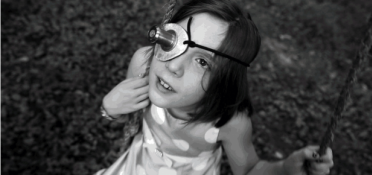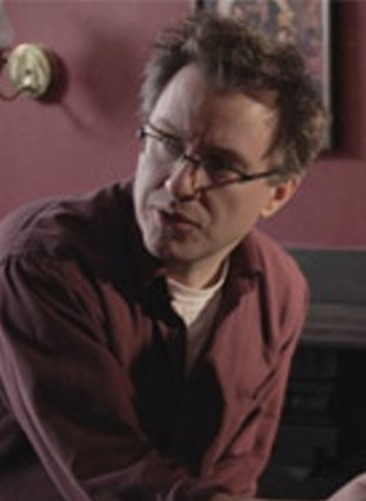CONTRIBUTOR’S NOTE
How do you shoot loss? I think it’s an interesting challenge because loss is conceptual and based on something not being there. And so where does one begin finding an image or a sound to represent absence?
One approach might be to show those things that are lost. But to me this approach seems unworkable. How is it helpful to show what Elizabeth Bishop describes as her “mother’s watch,” to give one example? What does that image in particular reveal beyond what has already been conjured by the poem on its own? I am convinced that this kind of treatment not only is unhelpful but would do damage by limiting the imaginative reach of the poem.
Rather than working with what is literally described, I decided to work with what I thought was the subtext of the poem: how does one cope with great loss? My approach was to design a few visual storylines that I hoped would evoke the fleeting nature of things we hold dear and how we are subjected to the larger forces of change and decay as time passes. I think the visual narrative that I like best in the adaptation is a series of low-angle photographs of a maple tree. To achieve those shots I left a time-lapse camera in a trash can covered with Plexiglas for a few months, taking occasional shots from late summer to early winter. There is something about that tree’s transition from summer to winter that I think works well with the ethos of the poem.
For me “One Art” was a fresh challenge and an early attempt at the cinepoem. Eventually I want to go in and change some of the things that I did in this adaptation, so I am very happy to receive feedback http://www.magpieproductions.com. Also, you can find out more information there about the larger project on Elizabeth Bishop that I hope to finish sometime in the next decade or two.



